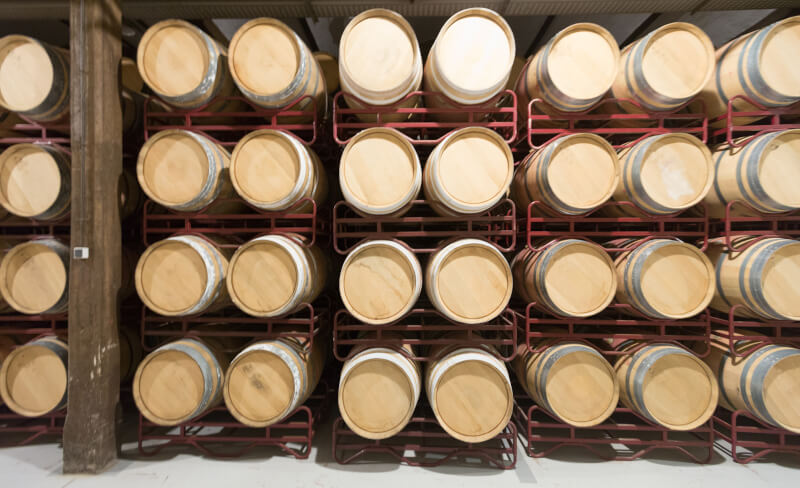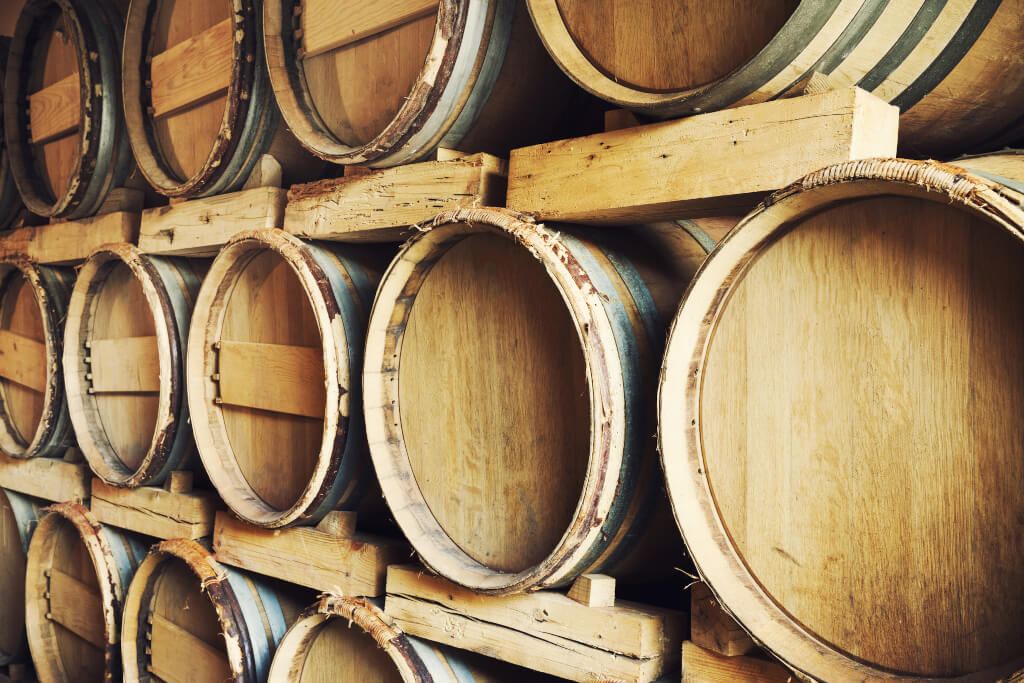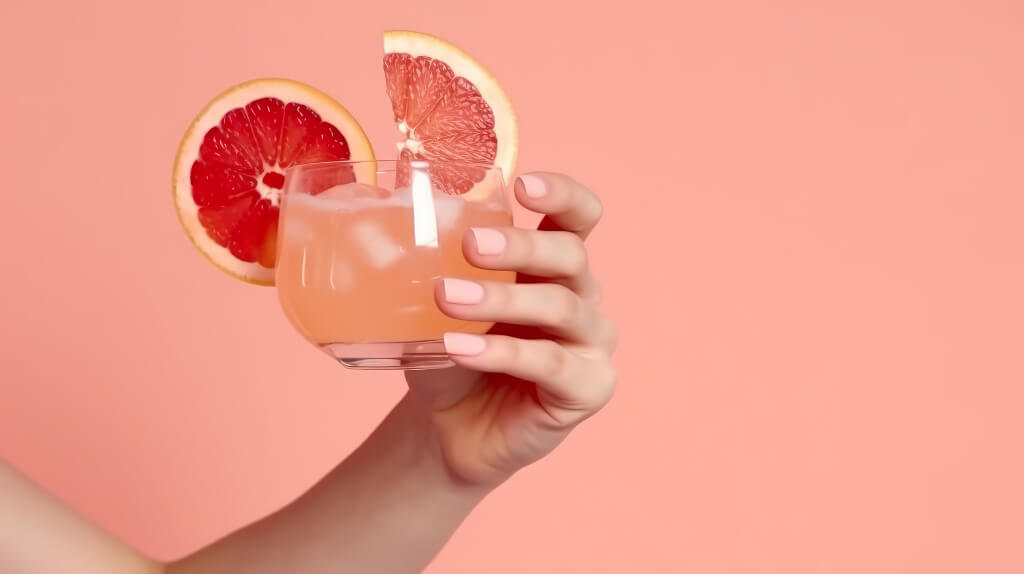The Origins and Development of Barrel Aging
Aging alcoholic beverages in barrels is a tradition having roots in the early days of exploration and commerce. Wooden casks were first used to carry and store alcoholic beverages like wine and spirits because they were long-lasting and easy to handle. Sailors in the 16th and 17th centuries noticed that alcohol kept in wooden casks during long sea voyages tasted noticeably different, and frequently better, after the journey. The process of barrel aging was discovered by chance at this time.
Alcoholic Beverages That Have Been Matured in Barrels
Whisky, rum, brandy, and tequila, among others, are commonly matured in wooden barrels. The aging process is vital to the final flavor profiles of these spirits because of the unique ways in which they interact with the wood. Examples include the legal requirement that Scotch whisky be matured for at least three years in oak casks and the requirement that bourbon be aged in new charred wood barrels. Brandies like Cognac, produced in France’s Cognac wine region, are aged for years in Limousin or Tronçais oak barrels.
The Discovery of the Effects of Barrel Aging on Spirits
It was discovered by chance that aging booze in barrels can drastically improve its flavor. Distillers and merchants, the story goes, discovered that spirits stored in barrels and shipped vast distances tasted more refined and nuanced upon arrival. Their interest in these alterations led them to initiate a practice that would revolutionize the alcoholic beverage industry: aging their spirits on purpose in barrels. As a result, the method of delivery that was originally developed eventually became an art form that altered forever the way alcoholic beverages were made and consumed.
The Research Behind Oak Barrels
The Chemical Reactions That Take Place During Barrel Aging
The barrel-aging process is a delicate tango between chemistry and time. The technique relies fundamentally on the marriage of spirit and barrel. The components in the wood, like lignin, tannins, and cellulose, are slowly extracted by the alcohol as it permeates the barrel. Spirits have their vanilla and caramel notes from lignin, their dryness and complexity from tannins, and their color and body from cellulose. Additionally, oxidation occurs in the barrel, softening the spirit’s harsh flavors and boosting its complexity.
What Happens to a Spirit’s Hue, Flavor, and Smoothness in Barrels?
The color, flavor, and smoothness of spirits are drastically altered by their time in barrels. Whisky and other clear spirits acquire a golden tint when aged in charred oak barrels. As was previously noted, the extracted components are crucial in determining the final flavor of the spirit. Depending on the type of barrel used, a whiskey’s flavor profile might shift from sweet vanilla and caramel to woody and smokey. At the same time, aging softens any rough edges, making for a more well-rounded and pleasurable sip.
The Variables That Have a Role in Getting Older
Time, temperature, and humidity are all significant contributors to the aging process. Higher temperatures improve flavor extraction because more of the spirit is absorbed by the wood. To avoid the spirit from being overly concentrated and to keep the flavor profile in check, higher humidity levels are ideal. A spirit’s flavor, hue, and silkiness all improve with age, but the longer it is matured, the more noticeable the effects become. It’s worth noting, though, that “longer” doesn’t necessarily mean “better”; determining the ideal aging duration is a science and an art in and of itself, a true test of a master distiller’s abilities.
How to Pick the Perfect Barrels

Various Barrels Available
The spirit’s final flavor is greatly impacted by the barrel it was aged in, making barrel selection an art form. Strong and capable of imparting a wide variety of flavors, from sweet and spicy to toasted and smoky, oak barrels are the standard. Vanilla and coconut aromas and flavors are enhanced by American wood, while hotter flavors and more tannin are contributed by French oak.
Scotch whisky is frequently aged in sherry casks, which are produced from European wood. Sherry casks impart luxurious, fruity, and nutty notes to aged spirits. The sherry wine sediments might also make them look darker.
The interior of a bourbon barrel is blackened before it is used. Other spirits, such as Scotch whisky or rum, can benefit from the bourbon’s lingering sweetness, caramel, and vanilla notes by aging in the same barrels.
Charring and Toasting Barrels: Why It Matters
Charring or toasting the barrel is an important step in the aging process. When a barrel is “charred,” the inside is briefly set ablaze, leaving behind a layer of charcoal. This coating functions as a filter, neutralizing harsh edges in the spirit’s flavor. The alcohol is made sweeter when the wood sugars are caramelized.
The natural components in the wood, including lignin and tannins, are transformed into flavor-contributing ingredients through a slower and more controlled process called toasting. The spirit can pick up aromas and tastes ranging from fruity and light to dark and roasty, depending on how much it is toasted. The charring or toasting of a barrel, or both, is a vital aspect of the barrel preparation process that adds depth and complexity to the final product.
The Limits of Barrel Aging Experimentation
Unconventional Methods of Aging in Barrels
The techniques used in barrel aging have developed alongside the expanding and changing spirits business. Alternative aging methods are being tried by several distilleries to shorten the aging time or introduce new flavours. Some pioneers, for instance, shorten the aging process by dramatically increasing the spirit’s engagement with the wood through the application of pressure and ultrasonic waves. Some people are trying to enhance the flavour of their spirits by ‘finishing’ them in barrels that once contained other sorts of alcoholic beverages (such as wine, port, or even spirits).
Experimental Use of Various Barrels and Aging Conditions
The industry is not only experimenting with different aging procedures but also with different kinds of barrels and different aging settings. Some distilleries are branching out from using only oak barrels by testing out alternatives such as chestnut, acacia, and cherry wood. Meanwhile, there has been a rise in interest in investigating various settings associated with senescence. The search for one-of-a-kind alcoholic beverages is stretching the bounds of conventional barrel aging, from submerged aging to barrels being held in music-filled warehouses (the vibrations are thought to alter the maturation process).
How to Properly Appreciate and Enjoy a Spirit That Has Been Aged in Barrels
It’s the process, not the final product, that matters when appreciating a spirit that has been matured in barrels. Look at the colour first to get an idea of how long it spent in the barrel. Then, stop and take a whiff of the atmosphere. Gently swirling your glass will create a bouquet of smells that may provide clues as to what kind of barrel was used in the aging process. Then, take a tiny gulp and let the liquid wash over your tongue and mouth. See if you can pick out the various tastes. Is it fruity, savoury, or sweet? Is there a sweet note, like vanilla or caramel, or a smoky undertone?
How to Distinguish the Nuances of Flavour Introduced by Aging in Barrels
Part of the fun of trying different spirits is figuring out how the aging process affects the spirit’s aroma and taste. The aging barrel plays a significant role in shaping these flavours. The flavours of vanilla, caramel, and coconut are often enhanced by oak. Sherry-aged spirits may pick up notes of dried fruit or nuts from the sherry casks, while bourbon-aged spirits may show hints of sweet corn or toffee from the bourbon barrels. Keep in mind that there is no such thing as a “wrong” tasting note. The most important thing is that you appreciate the process and learn something new about barrel aging along the way.
The One-of-a-kind Function of Barrels

aging alcoholic beverages in barrels is a time-honored practice that imparts nuance, complexity, and individuality. It’s a process that incorporates science and art, change and time and ends in a drink that can tell its origin story with every sip. Barrels have been used to age spirits for centuries, and this practice continues to play a crucial part in the development of the spirits industry through both historical precedent and modern experimentation.
We couldn’t have the booze we know and love without the art and science of barrel aging. When chemistry, patience, and skill come together, the result is a spirit that is more than just an alcoholic beverage. Every glass of a spirit that has matured in a barrel is a celebration of the distiller’s art, the unique personality of the barrel, and the passage of time.
Recognising the Complexity of Barrel-aged Liquors
Our connection to each different type of barrel-aged spirit is as one-of-a-kind as the spirits themselves. There is always more to learn and enjoy about these carefully produced drinks, whether you’re an expert or a casual drinker. Cheers to further discovery; may your experiences with aged spirits in barrels be as satisfying as the drinks themselves. And always keep in mind that every alcoholic beverage has its unique tale to tell. A toast to the incredible skill required for barrel aging!




